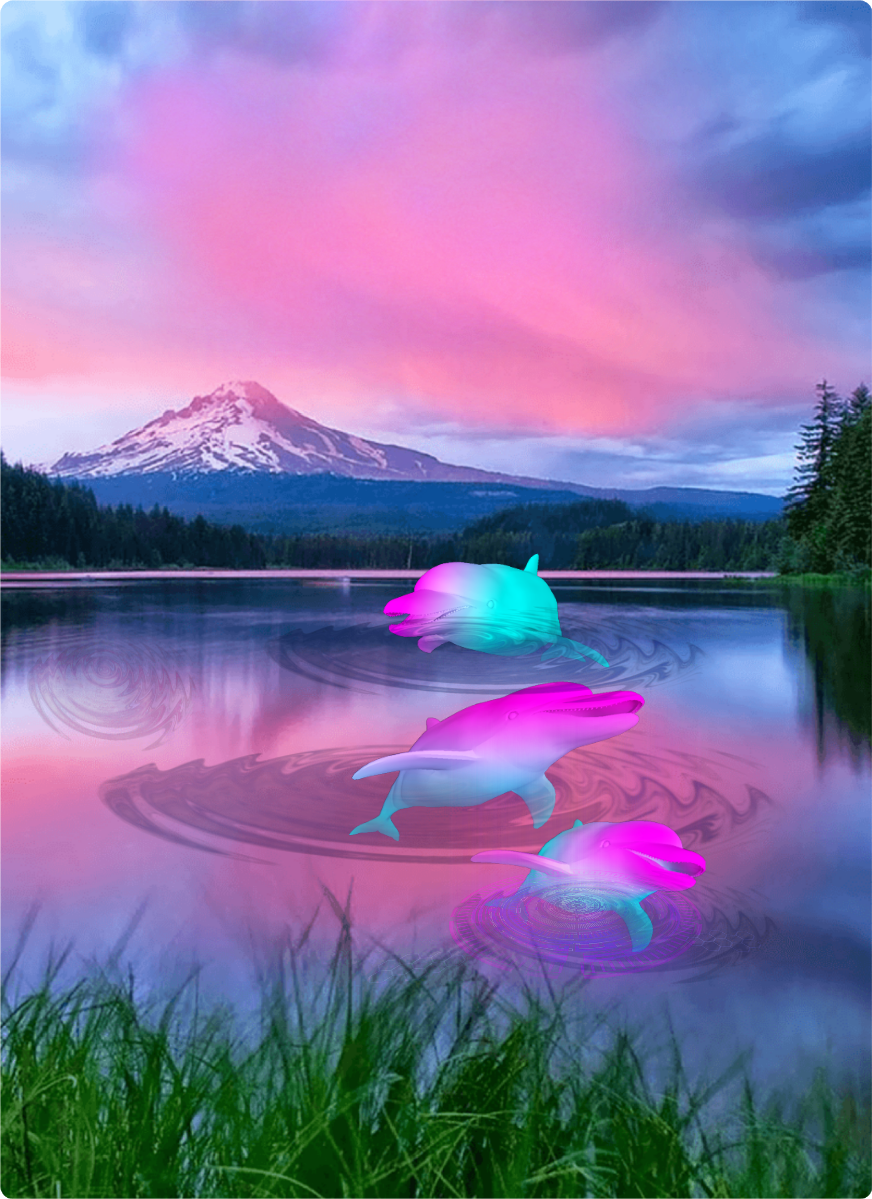

Jewelry like long gold necklaces and moonstone/opal rings and bracelets.Pastel painted nails or no polish at all, occasionally dirt beneath nails to reference gardening.Hair worn down or in loose hairstyles such as messy buns and quick/messy braids.Slippers, open-toe shoes, or sometimes no shoes at all.Cute bugs (bees, butterflies, ladybugs)įairycore fashion is inspired by artistic depictions of fairies, so outfits usually have a Ethereal vibe, with heavy Cottagecore and nature inspiration.Traditionally cute or gentle forest animals.Some prefer the pastels, sparkles, and “The Fairies” while others are more into earth-tones, foliage, and “The Fae”, and these are equally viable. It’s important to realize that it is visually multifaceted.

Small amounts of collaging may be used to paste wings, flowers, mushrooms, etc. A blur and/or sparkle effect is also very common. Photos used in this aesthetic are often edited to have soft but vibrant colours. Craig and Joanna Ruth Meyer) have been returning to the idea of Fairy as inhuman and embracing darker, horror-inclined themes. More and more modern writers (like Erin A. Yet while this has influenced a massive amount of Fae-centric romance novels, there has been some mild backlash. Maas have brought attention to the idea of “The Fae”, influenced by older Scottish and Irish mythologies much as the 80s authors were, only humanizing them. In more recent years, Holly Black, Cassandra Clare, and especially Sarah J. They either brought back fairies to the tiny Victorian ideals or embraced Urban Fantasy’s view of them as mysterious “Fair Folk” that could walk amongst humanity virtually unseen. Kid’s fare like Winx Club, Barbie in Fairytopia, Bratz Fashion Pixies, and Tinkerbell/Pixie Hollow were mixed in their views of fairy. YA writers like Holly Black, Julie Kagawa, Laini Taylor, and Maggie Steifvater, although their work was less literary and more teenage, revitalized the 80s scene for a whole new generation. Faerie Magazine (now Enchanted Living) and Faeriecon brought fans of fairies, mermaid, and other related creatures together. This fandom moved into comic books in the 90s thanks to the teaming of Charles Vess and Neil Gaiman in Sandman: A Midsummer Night’s Dream and Stardust.Īfter a brief lull, the early 2000s brought Faerie back full-force. Books like War For the Oaks, Jack the Giant-Killer, and Borderland took fairies out of their unknown realms and brought them into 80s era musically-inclined America and Canada, thus pioneering Urban Fantasy and Mythpunk. McKillip, Diana Wynn Jones, Robin McKinley, Ellen Kushner, Neil Gaiman, and many others revitalized Faerie by taking it into urban environments.Ī few key films like Labyrinth, The Dark Crystal, and Legend helped change the view of fairies from tiny pixies into strange and inhuman creatures. Authors like Terri Windling, Charles de Lint, Emma Bull, Patricia A. Yet while the stoic realism of years to come left a hole in the adult side of Fairy for a long time, the rise of fantasy during the 80s brought back the fandom.īrian and Wendy Froud, Alan Lee, and Charles Vess were artists of massive importance in the scene, particularly for their influence on literature and film. During this time period, countless ballets, operas, books, poems, and an entire sub-genre of artwork (Victorian Fairy Painting) were spawned from this obsession with “Fair Folk” that lasted until World War II. Since the mid Victorian period, there has been a fairy fandom. This is debatable, because fairycore focuses on the beauty of nature, such as flowers, fairies, dresses, and femininity, while Goblincore is more based on appreciating the not so pretty parts of nature, like mushrooms, bugs, dirt, etc. The aesthetic is popular with fairykin, people who incorporate the concept of fairies into their personal identity.Īlthough it is similar to many nature based aesthetics, some say it is the feminine equivalent to Goblincore. The term was coined by an unknown Tumblr user. It is most similar to Cottagecore, Pixiecore, and Goblincore. It includes the typical Fae and fairies (usually from Scottish Seelie and Unseelie) as well as various kinds of mermaids, elves, nymphs, shapeshifters (like swan maidens/men), and various ghostly figures. This ranges as far and wide as Celtic, Scottish, Nordic, German, French, Native American, Japanese, Chinese, etc.

Visuals include nature, soft pastels, butterflies, magic, flowers, soft animals like bunnies, and the vibe of springtime.Īny and all fey-like creatures from mythology around the world are included.

Fairycore, also known as Fairy Folk, is a fantasy themed aesthetic that centres predominantly around fairy (alternatively spelled faerie) and elf mythology.


 0 kommentar(er)
0 kommentar(er)
